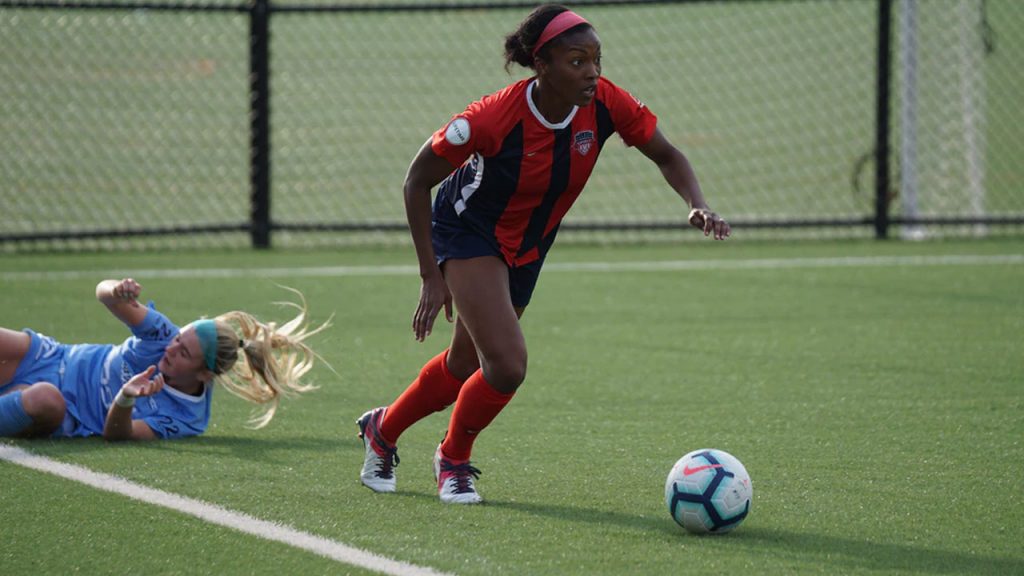Authority Soccer (authoritysoccer.com) is a participant in the Amazon Services LLC Associates Program, an affiliate advertising program designed to provide a means for sites to earn advertising fees by advertising and linking to Amazon.com. This site also participates in other affiliate programs and is compensated for referring traffic and business to them.
Every soccer team element is important, even when strikers get the credit and the highest contracts.
Many coaches believe that to be successful, a team’s spine must be strong: goalkeeper, center-back, defensive midfielder, striker.
Fullbacks don’t appear in the team’s spine, and still, they’re considered vital in today’s soccer. What is a fullback in soccer?
A fullback is a defender that plays wide on the sides of the pitch. Fullbacks give amplitude to their teams in defense and in the offense.
Their role divides between closing rival’s advances from the sides and attacking also using the pitch’s sides.
Fullbacks are the most versatile players in a soccer team.
Sir Alex Ferguson, the legendary Manchester United coach, said that “attack wins you games, defense wins you titles.” Defenders do the dirty job in soccer teams, and they rarely get the credit for a team’s victory.
Popular opinion states that playing defense is easier because destroying is simpler than building. But fullbacks are there to redeem the defense’s reputation.
What is a fullback in soccer?
For a long time, soccer teams played with only two or three defenders, not in their defensive line, in their entire team. When soccer started, the game had very little lateral passing; it was all about dribbling and direct passing.
It sounds crazy for us today, but as Jonathan Wilson explains in his book, teams used to play with 1-1-8 formations, one defender, one midfielder, and 8 forwards.
Nowadays, when specialists talk about tactics, we hear things like 4-4-2, 4-3-3, or even 4-3-2-1. That number four indicates the number of defenders in the defensive line.
You might have heard that soccer was about having fun in the beginning, and it is true. Players didn’t have to face the pressure from the media and the fans they face today.
It makes sense that the teams focused more on scoring than defending.
But everything changed when the 1925 offside rule arrived.
Before the 1925 rule, teams had become experts in defending using the offside trap. The result of that expertise brought an endless list of boring scoreless games.
Association Football decided to do something about it and changed the offside rule.
After 1925, as the offside trap became more complex, defenders started to have a different role in soccer teams; defenses needed to be more organized and populated.
The fullback position became more relevant in the 1950s when the Hungarian golden team started using them as offensive players.
A fullback is a defender that helps cover the defensive line’s width, closes the lines to form a defensive block inside the box, and a player can also offer amplitude to their team’s attacks.
What is the job of a fullback in soccer?
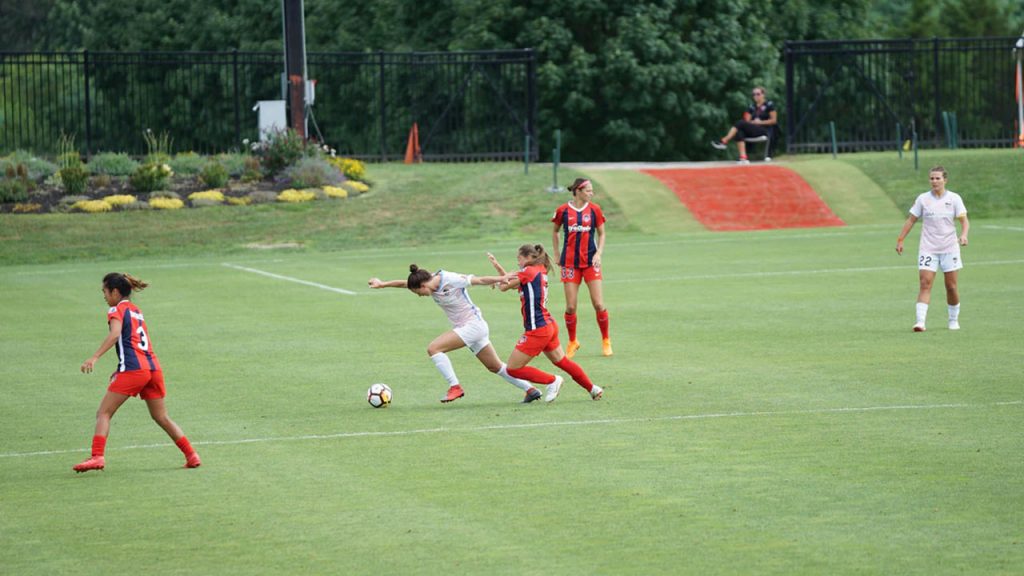
A fullback’s job in a soccer team will depend on how that team approaches the game.
If the team uses a defensive soccer style, the fullback’s job is to close the rival’s winger when the opposite team attacks on their side. This is, the rival’s left-winger is the right fullback’s responsibility.
When rivals attack the opposite side, the fullback must get into the box and work as a third center-defender.
When a soccer team approaches the game more aggressively, the fullback’s job is to engage in the offensive mechanism, overlapping their team’s wingers and getting to the end of the field to cross the ball.
In teams where the restart from a goal kick plays short passes to center-defenders, the fullback must offer a wide passing option for the other defenders and the goalie.
The fullback is their team’s option to make the field wide at any time.
What makes a good fullback?
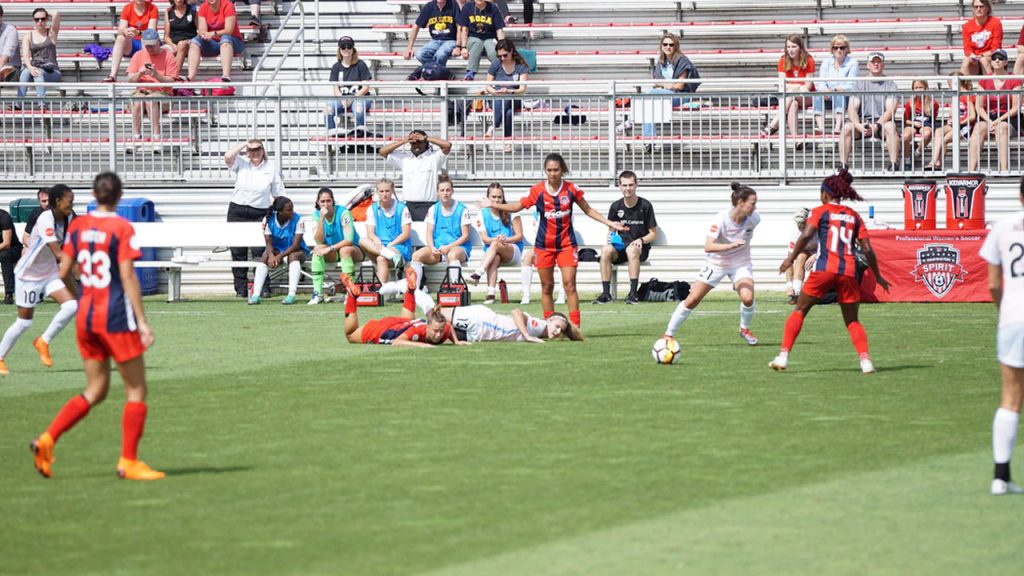
An efficient fullback needs to be fast, have great stamina, be good at reading rival’s offensive movements, and have excellent crossing abilities.
As fullbacks in modern soccer participate in both attack and defense, speed is a number one requirement. Fullbacks help their team’s transition into counter-attacks by offering a wide passing option, opening the field. They need to be fast to do that.
When the counter-attack fails, or when their team loses possession and is in an attacking position, they need to go back to defense as fast as possible.
Stamina is essential in a player who participates in almost every attacking movement and in all their team’s defensive efforts.
Having good crossing abilities is essential for a fullback since they attack the pitch sides and generally finish their plays by crossing the ball to strikers.
How do you play a fullback in soccer?
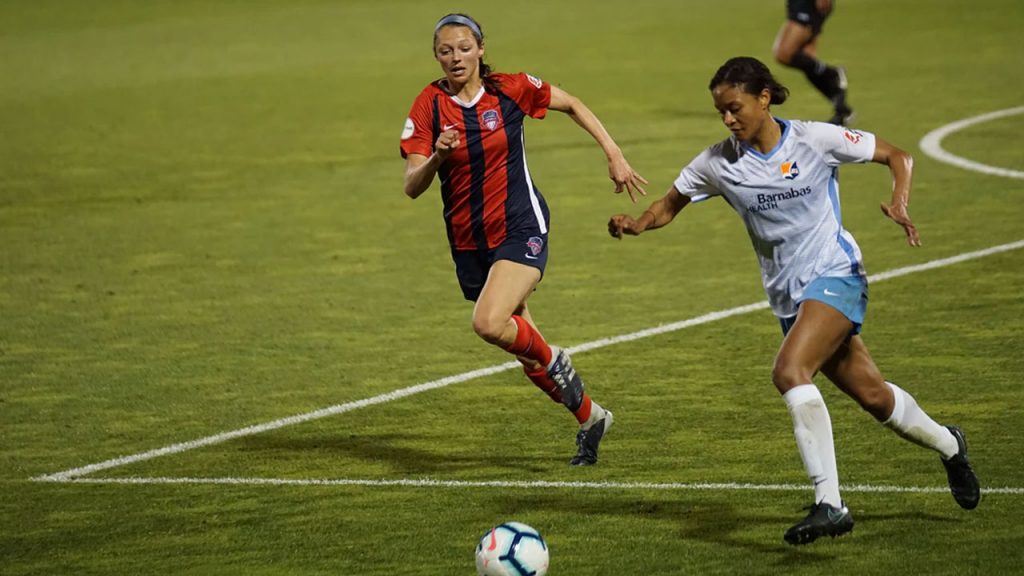
The fullback occupies the sides of the defensive line. Their natural position is outside the box, to its sides.
Playing fullback requires special attention when the team attacks and when it defends.
When the team is attacking, the fullback must decide if they join the offensive or not. The books say that if the left fullback is in an offensive position, the right fullback should stay put.
This non-written rule explains that losing possession with both fullbacks launched in attack will make the team decompensated and vulnerable.
When the team is defending, the fullback must take care of the opposing winger. If rivals don’t play with wingers, the fullback is responsible for the player attacking their side.
When rivals attack the left side, the defensive line points in that direction, which means they are giving their backs to the right fullback.
This is important because, in that situation, the right fullback must be alert on the defensive line. The center-defenders in front of them trust the right fullback is in the same line, and any rival beyond it will be in an offside position.
How important is a fullback?
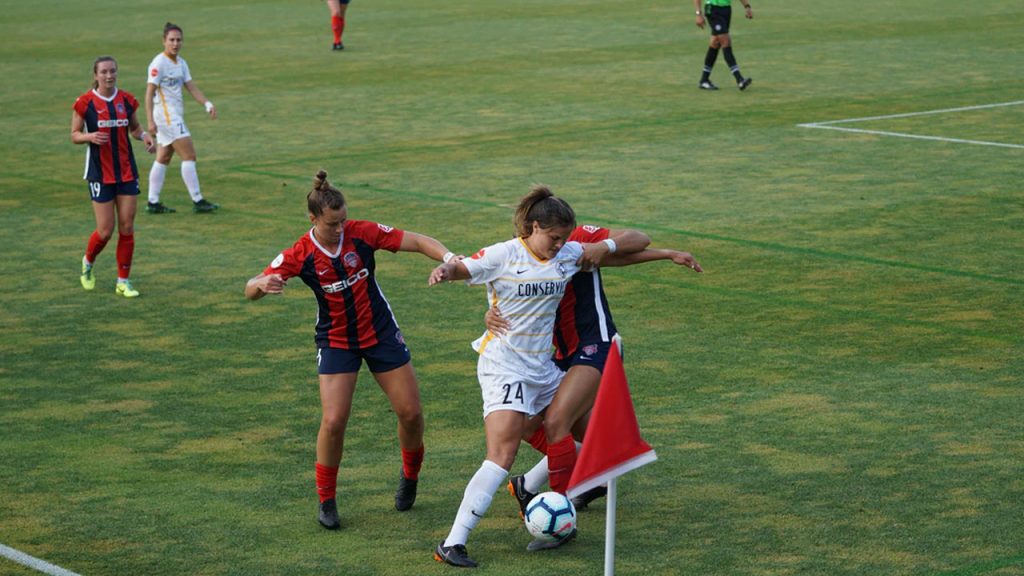
The difference between the powerful and wealthy and the less influential teams is perhaps more prominent than ever. When a team faces a squad that handles ten or twenty times their budget, they don’t have many options.
The smaller teams generally use closed tactics, very defensive, setting their players packed in their own field, making it almost impossible for rivals to filter a pass and cause some damage.
That is why fullbacks are extremely important in modern soccer. When a team faces a defense of eight or nine men, packed in their own box, fullbacks offer an element of surprise, making the field wide and opening their defenses.
Modern soccer is also a game of quick transitions. When these less powerful teams face the wealthy and powerful, one of their best options is to try and score in counter-attacks.
The fullbacks must be alert of this possibility and take any chance they have to counter-attack because they won’t have many.
Are fullback and wing-back the same?
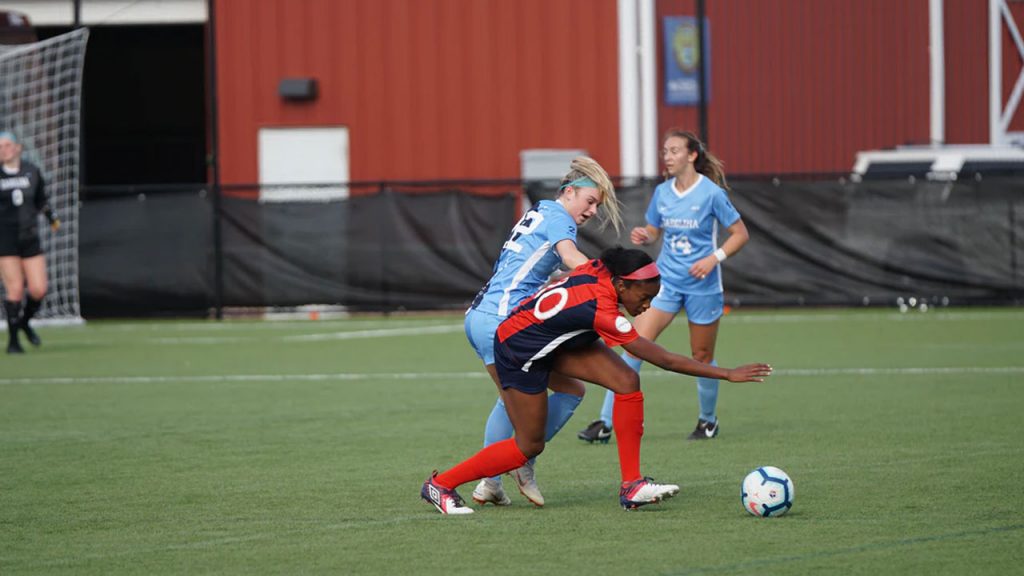
Both wing-backs and fullbacks defend and attack, but wing-backs (except the no-nonsense wing-back) concentrate more on the game’s offensive aspect.
While fullbacks tend to be a little more conservative, wing-backs risk more and are permanently on offensive positions.
Generally, teams who use wing-backs play without wingers, like the 5-3-2 and 3-5-2 formations. Here, the team has three center-defenders and two defenders on the sides. In 5-3-2 formations, the wing-backs play slightly ahead of the center-defenders.
In 3-5-2 formations, the wing-backs are more midfielders pulled slightly back than advanced defenders. In both cases, the team doesn’t have offensive players playing on the sides, so the wing-backs must advance using the field’s width.
There are three types of wing-back:
1. The no-nonsense wing-back. This type of wing-back is the only case where wing-backs are used to defend.
This wing-back will not participate in the game build-up. They will not risk any chance; they will hoof the ball clear if pressured by the rivals.
A team decides to use no-nonsense wing-backs because they need two extra defense players, not because they want to surprise their rivals by attacking with a defender.
2. The complete wing-back. The complete wing-back must participate in both offensive and defensive actions with the same intensity. They are expected to be the first to mark their rivals and finish the offensive movements by crossing the ball or passing the ball into the box.
The other wing-backs can live together with teammates that eventually move the side of the pitch. The complete wing-back can’t; they are expected to take responsibility for the entire side of the field they are covering.
A complete wing-back, when not participating in their team’s attack, must offer support to forwards and strikers. They have defensive duties, but they are not forced to provide defensive support. This is, they don’t cover the absence of a defensive player that decided to attack.
3. The inverted wing-back. This type of wing-back is basically a left-handed defender acting on the right side of the pitch and vice versa. They have both defensive and offensive responsibilities; the only difference is what they offer offensively.
While wing-backs in offensive movements give amplitude to their team attacks, inverted wing-backs tend to move inside the rivals’ defenses.
Inverted wing-backs are more likely to take the ball inward the rival’s defense, creating surprise and giving them the possibility to shoot at goal.
This type of wing-back can either go to the end of the field and cross the ball or drive inward and shoot or try a pass. Defensively, they suffer when rivals run and cross the ball to the box.

